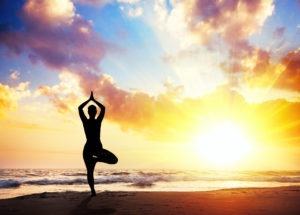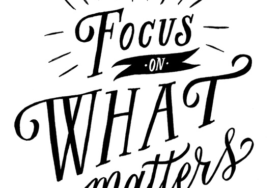
Since returning from India and the Iyengar Yoga Institute my practice has changed. Personal Health issues also contributed to this change. The Iyengar institute with its precious teachers guided the change in practice. I wouldn't say I've perfected the pose... But I have made use of relaxation as a means towards a more perfect pose.
"Asana is perfect when the effort to perform it becomes effortless and the finite is brought in close touch with the infinite seer within" BKS Iyengar
With relaxation comes observation of the effects on the physical and mental body. Sometimes the muscles grip and allowing relaxation can address the overly forceful and ambitious action in the body. Relaxation creates space for self reflection (svadhyaya) and quality oriented practice.
Mr. Iyengar's son, Prashant, during one of his lectures mentioned the importance of the mind and its observation of the working systems within the material body. Material systems include cardiovascular system, urinary system. endocrine etc. The mind must observe these systems when they are not well and when they are well. For example when there is a sense of well being inside and out after a practice how does that feel in the mind ,in the kidneys in the heart or lungs? The Gunas, or qualities of the material body, are used to decipher the feelings in the body's systems. For example what does Satva (illumination) feel like in the heart when doing a back bend, a forward bend or a twist? Also spending more time in any one of these categories of poses allows for deeper understanding of the actions and outcomes within a category of poses. For example a restorative sequence balances an agitated mind because relaxation is what is taken. Holding the pose longer with more support infuses the body and mind with relaxation. On the other hand what sequence is taken when there is not enough energy in the mind, the back , the legs or hips and shoulders? And how do we balance a practice between the effort, and the relaxation?.
Relaxation during practice creates Ahimsa, non-violence, towards the body and the mind. When there is a quiet restful space in the back of the mind a logical sequence of poses come about. The body and mind are documented through the poses chosen and the imprint is one of peace and grace for the day. The key is to balance the opening of the front and the back of the body. Locate the dark places or tight places and use both ease and action to bring intelligence to these areas. Coerce the restricted spaces within the body and mind to open like a gentle lover. Find just the right attitude or correct pose to penetrate and enliven the mind and the body.
Emphasizing relaxation during practice is when Action takes the passenger seat and Relaxation drives slowly so that viewing occurs.
Tara Bernstein


